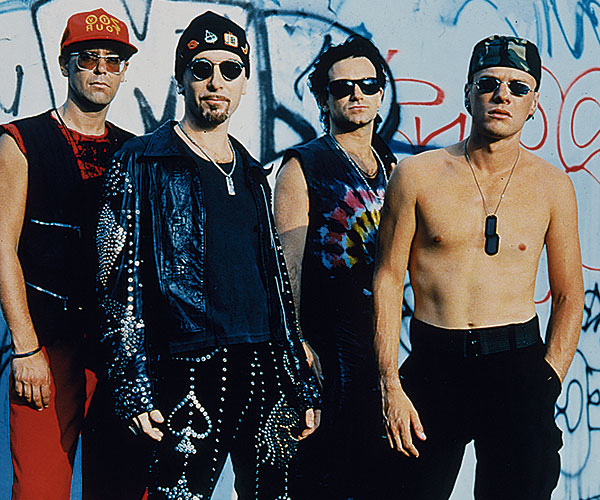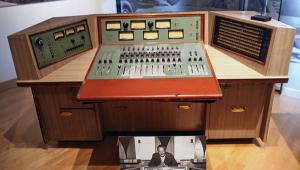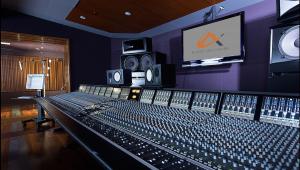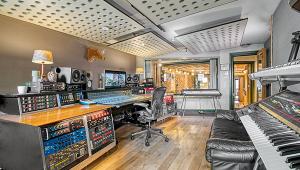Windmill Lane Dublin Page 2
Usual Shenanigans
All these mishaps meant that, at the time of release, it was estimated that Hysteria was one of the most expensive albums ever made by a British band and would have to sell in excess of five million copies to break even. As fate would have it, the album spent 96 weeks in the US Top 40, a record for the 1980s it shares with Bruce Springsteen's Born In The USA, and would sell more than 20 million copies worldwide.

U2 pretty much made Windmill Lane their base, using it to record October ('81), War ('83) and The Unforgettable Fire ('84), the latter's sessions witness to the usual shenanigans. The producers were Brian Eno and Daniel Lanois and Bono had been ad-libbing his vocals, without completing the lyrics. He now needed time to write them.

This caused a problem according to the band's Larry Mullen Jr: 'While recording, we seemed to do our best work when we were in the room together. We depended on Bono to be there, every step of the way. He had to be singing something, anything, to get the song finished. When Bono came in and strapped on a guitar or started to sing, the band responded... A song recorded in the room with Bono and a song recorded without him could be very different animals altogether.'
Take Me Higher
With stress levels running high, Eno and Lanois encouraged Bono to stick with the improvised nature of his vocals, but two weeks before the album's delivery deadline the singer still wasn't happy with his contribution. To complete the task, the band worked 20-hour days for the final two weeks, Eno working the first half of days, Lanois the second half.

On their final day in the studio, U2 worked overnight to complete the album by 8am but, as Lanois was preparing to depart for London with the album tapes for mastering, Bono insisted on recording another take of his vocals for 'A Sort Of Homecoming'. With his taxi to the airport waiting outside, Lanois cued up the tapes for Bono to record one final vocal take. Lanois then departed, delivering the tapes for mastering. Two years later they were back, finishing up The Joshua Tree.

In 1990, the main studio moved to a new location at 20 Ringsend Road, also in the Docklands, the Windmill Lane building being used for post-production work. Due to its rich association with Bono's bunch, the studio buildings were adorned with graffiti from fans, and became something of a tourist attraction until it was demolished in 2015 by a property investment company.

Fruit Punch
The Cranberries recorded their beautiful debut Everybody Else Is Doing It, So Why Can't We at the new studio site, reaching No 1 in the charts on its release in 1993. Other famous clients include The Rolling Stones who used Windmill Lane in 1994 to record Voodoo Lounge.

Bringing us up to date, the building currently houses three studios – Studio 1 boasts a live room totalling 2340ft2 comfortably accommodating up to 80 musicians, plus a Steinway grand piano; Studio 2 hosts an SSL 4040G+ console, and Studio 3, now also fitted with a Solid State Logic G+ mixing console, is hired out for post-production.
The studio also has a visitor centre so you can experience its grand history for yourself. Details at www.windmilllanerecording.com.



















































